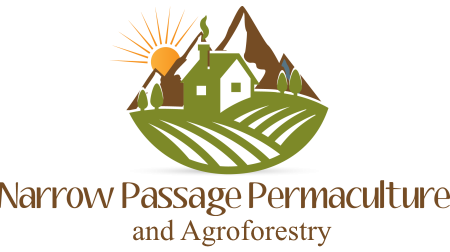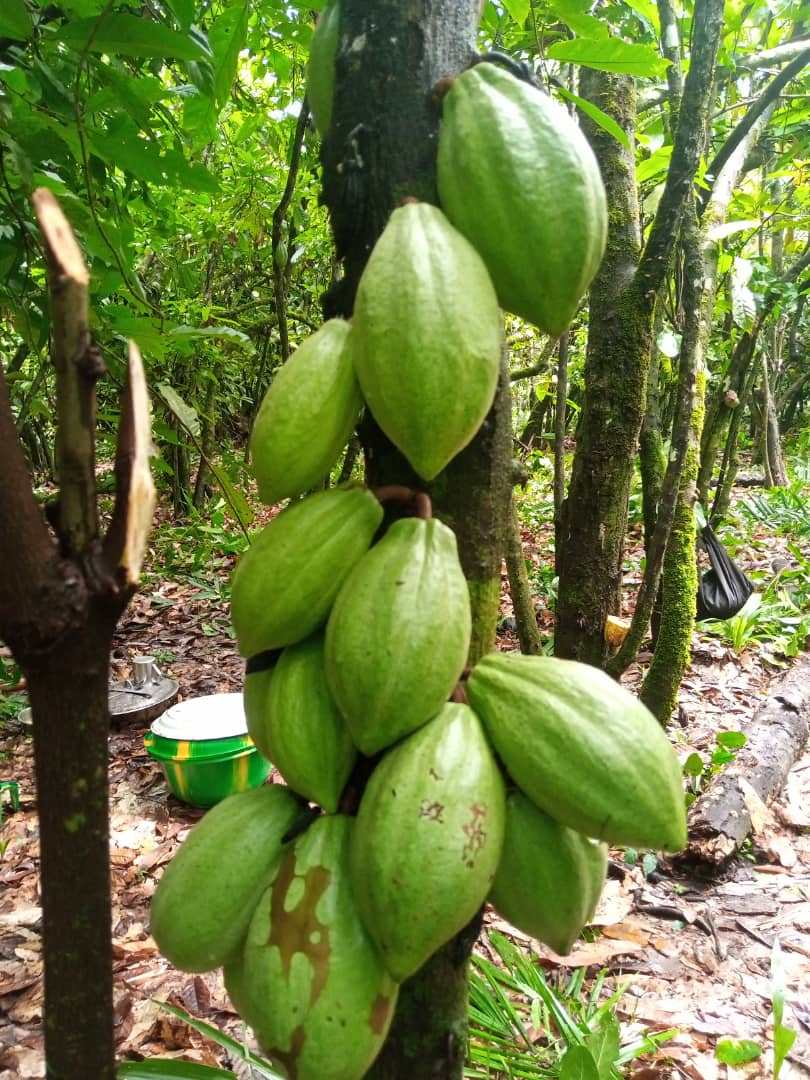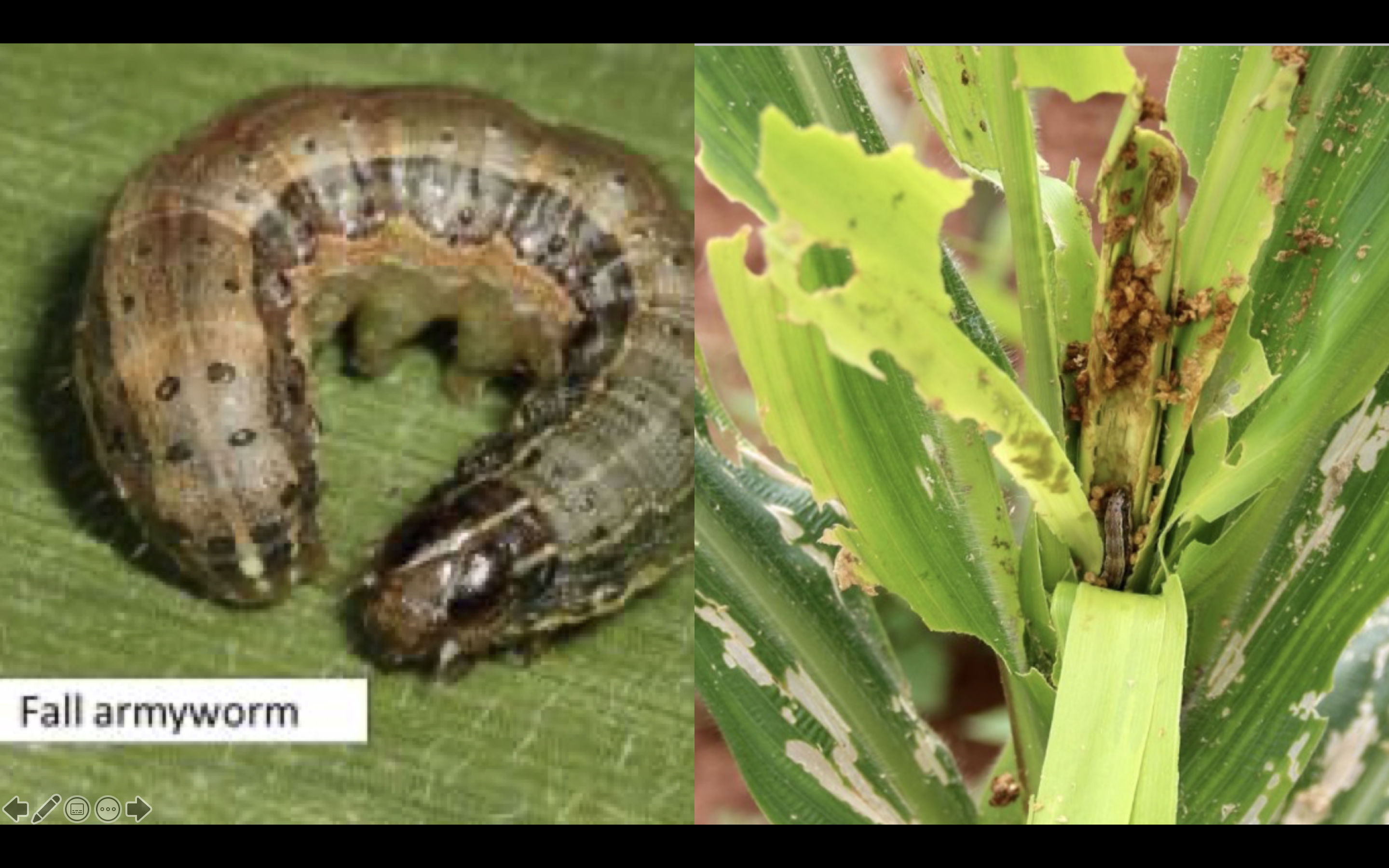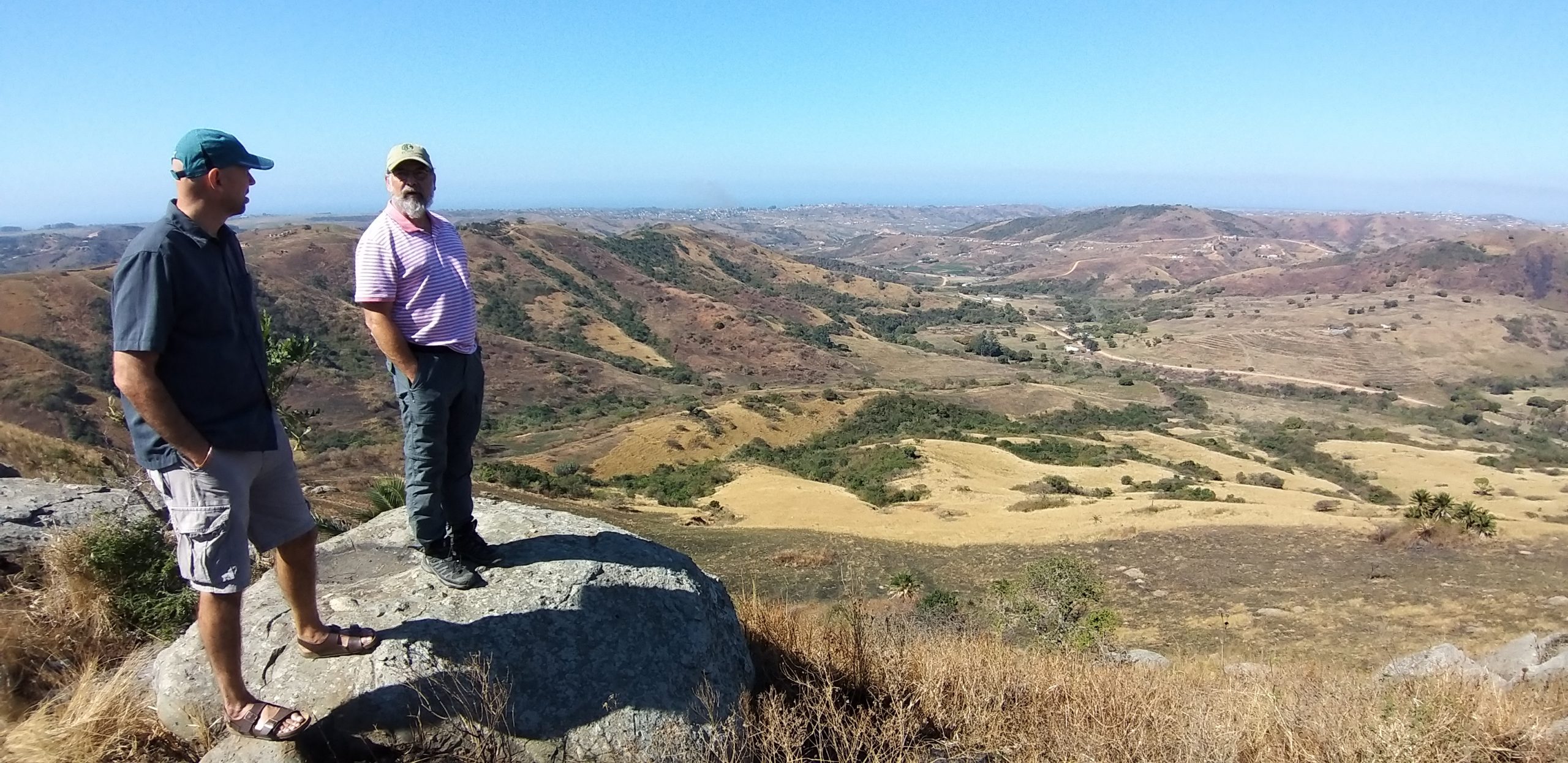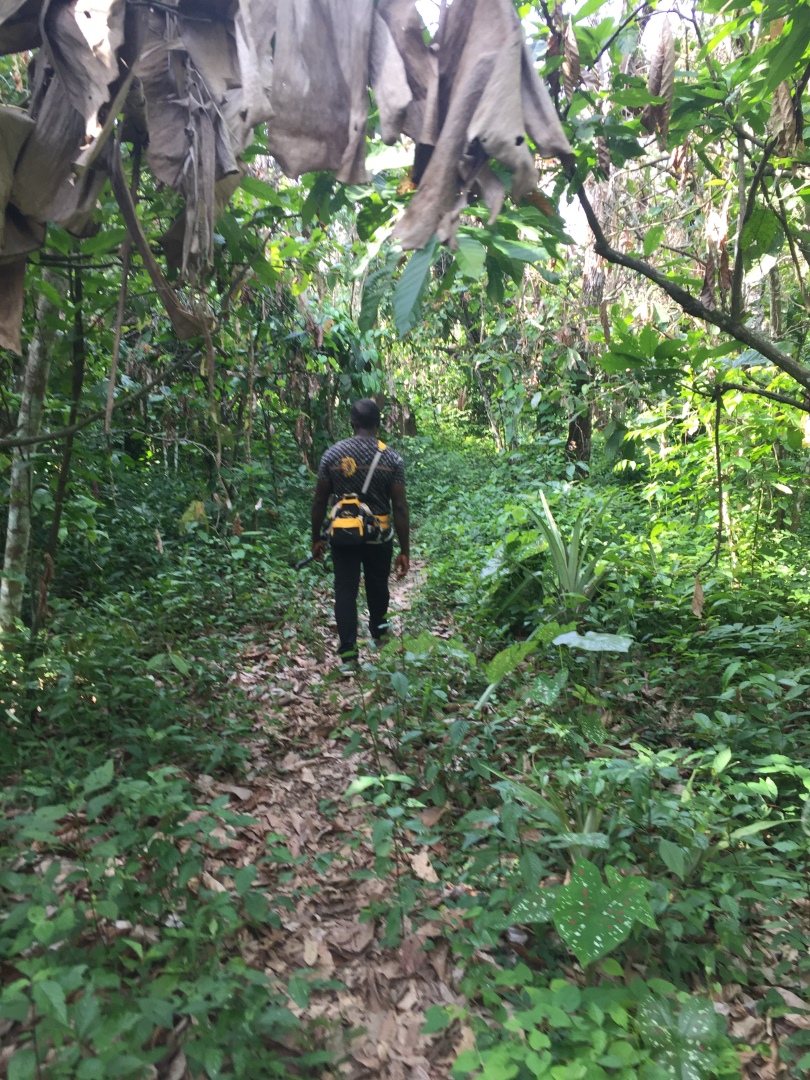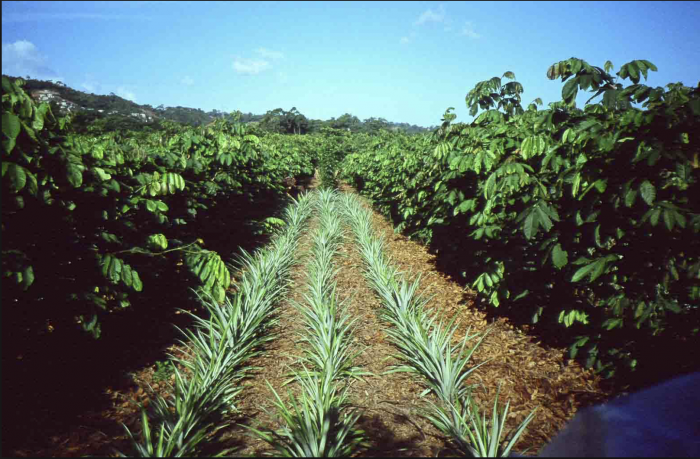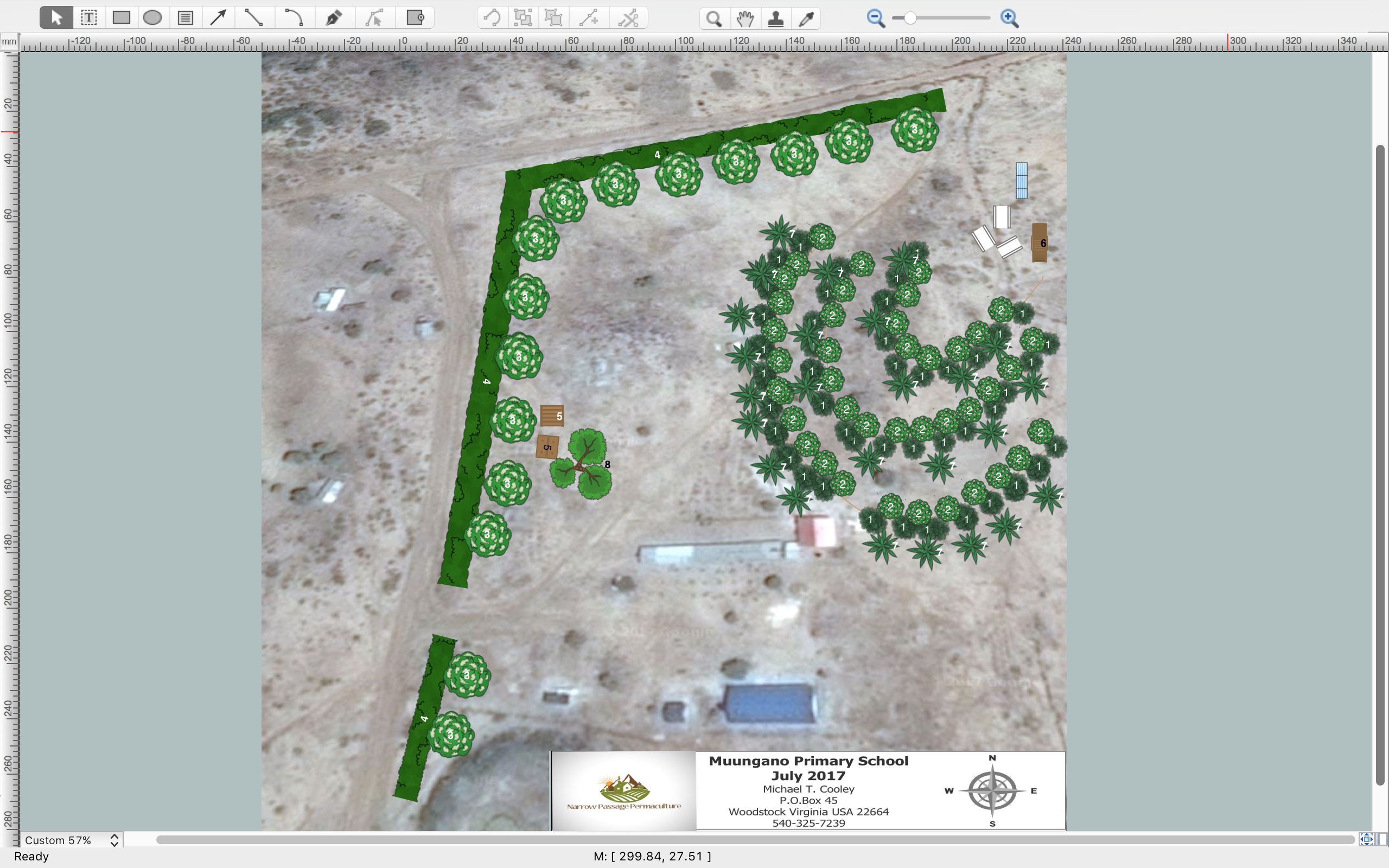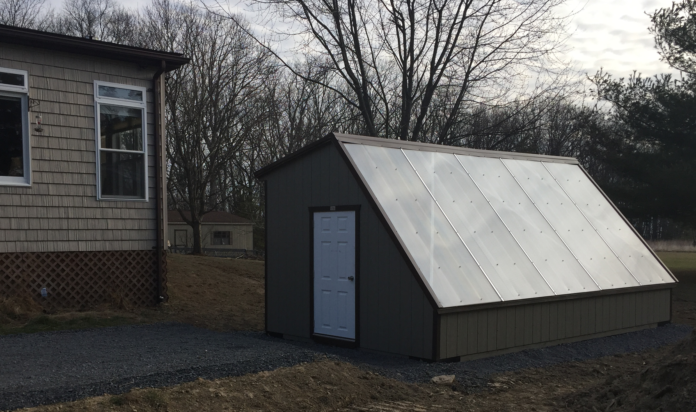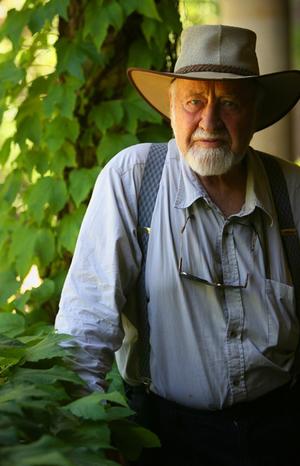About Michael Cooley
Michael obtained his Permaculture Design Certification via Geoff Lawton, PRI, in 2013, and had been a student of Sustainable Agriculture independently for many years prior to obtaining the PDC. He is formally trained in teaching Permaculture and has a Master’s degree in Natural Resources/Agroforestry from the University of Missouri. He also received a Graduate Certificate in Agroforestry from Mizzou in 2018.
His interest in Agroforestry and Permaculture came through an interest in sustainable food production and a desire for nutrient-rich foods. He is particularly interested in Tropical Agricultural Development, perennial food production, and medicinal plants and herbs.
Michael’s experience as a licensed Financial Advisor and a prior career in hospital administration and Human Resources management has given him unique perspectives on the economics of Permaculture Design and the management of inputs.
Michael is presently creating a demonstration site on acreage in the northern Shenandoah Valley of Virginia (temperate climate). Currently, he also consults for agricultural development worldwide, predominantly in Africa.
His ultimate goal is to teach and consult Permaculture and Agroforestry domestically as well as abroad in developing countries where quality nutrition is not readily available. He is available as an agroforestry and permaculture design consultant and lecturer.
Find his LinkedIn Page here:https://www.linkedin.com/in/michael-cooley-b6855437/
Find his Permaculture Global Bio here: http://permacultureglobal.org/users/8798-michael-cooley

So….What’s this Permaculture thing all about? And what is “Agroforestry”?
“Permaculture is the conscious design and maintenance of agriculturally productive ecosystems which have the diversity, stability, and resilience of natural ecosystems. Permaculture is about designing sustainable human settlements. It is a philosophy and an approach to land use which weaves together microclimate, annual and perennial plants, animals, soil, water management, and human needs into intricately connected, productive communities”
– Bill Mollison
“The word Permaculture was coined by Bill Mollison and myself in the mid-1970’s to describe an integrated, evolving system of perennial or self-perpetuating plant and animal species useful to man.
A more current definition of Permaculture, which reflects the expansion of focus implicit in Permaculture One, is ‘Consciously designed landscapes which mimic the patterns and relationships found in nature, while yielding an abundance of food, fibre and energy for provision of local needs.’ People, their buildings and the ways in which they organise themselves are central to Permaculture. Thus the Permaculture vision of permanent or sustainable agriculture has evolved to one of permanent or sustainable culture.”
– David Holmgren
David Holmgren and Bill Mollison cofounded the concepts of permaculture.
Put in my own words,
Think…”Permanent-Culture”
“Permaculture is an ethics based design system that uses natural patterns and processes of God’s creative design as a guide for developing productive and permanent high quality food production and communities, emphasizing water management, sustainability, and the use of natural agricultural systems that require little inputs once established, except to harvest the abundance!”
–Michael Cooley
So what I will attempt to do going forward is give some of the “Why’s” and How’s” of Permaculture. I am hoping to also discuss topics in preparedness from a practical point of view… (like what if we have a major ice storm this coming winter and you cannot leave your electricity-less home for a week for example). I believe those trying to be prepared for hard times would be well served to learn and follow the resilience giving principals provided by Permaculture design.
Agroforestry is the intentional integration of trees, shrubs, and woody plants with crops and livestock. It is following natural patterns to include trees into the food production picture, with the intention of increasing crop or livestock yield and resilience. Agroforestry can regenerate and restore degraded agricultural land, and make productive agriculture more resilient.
“Agroforestry practices help landowners to diversify products, markets, and farm income; improve soil and water quality; and reduce erosion, non-point source pollution and damage due to flooding. The integrated practices of agroforestry enhance land and aquatic habitats for fish and wildlife and improve biodiversity while sustaining land resources for generations to come” (from the Center for Agroforestry website).
Agroforestry practices include Windbreaks and Shelter-belts, Alley-Cropping, Silvopasture, Riparian Buffers, Forest Farming, and Multistrata Agroforestry.
Blog Posts
Restoring livelihoods through restoring cacao farms
Part of the agroforestry design plan for the property we have access to in Baiima Sierra Leone is to plant Cacao in between the Oil Palms. The trees will grow in harmony together as in [...]
Agricultural Development-New Vocation-Need in Malawi
After the agricultural development work in Sierra Leone and KwaZulu-Natal was so amazingly blessed with resources that seemed to come from out of nowhere, I decided that perhaps I should be working in Agricultural Development [...]
Agricultural Development ~ KwaZulu-Natal
In the process of planning for the work in Sierra Leone, I was approached about doing agricultural development work for an orphanage/children's ministry in KwaZulu-Natal, South Africa. 7 Rivers Outreach is a faith-based ministry providing [...]
Tropical Agricultural Development in Sierra Leone-Part 2
On May 20 I arrived in Sierra Leone and immediately began researching several things in order to develop an Agricultural Development plan for a landholder of three properties near Daru in Southern Sierra Leone. The [...]
Tropical Agriculture Development -Sierra Leone, West Africa
This past January I was able to attend the Tropical Agriculture Development course at Echo World Farm in Ft. Meyers FL. Info on Echo here: http://www.echonet.org. I also included a blog post regarding Echo, found [...]
Tropical Agriculture Development course at ECHO Inc
I had the fantastic opportunity to attend a course in Tropical Agriculture Development at ECHO Inc in Ft. Myers Florida in January. It was an amazing experience and I was able to learn a [...]
Passive Solar Greenhouse Build UPDATE
About a year ago I posted about my efforts to design and build a passive solar greenhouse that could maintain enough heat to grow salad greens throughout our could Blue Ridge Mountain winters Link: [...]
Muungano Primary School Permaculture/Agroforestry Design Project
To assist Thriving Nations, the charitable arm of Thrive Life, the freeze dried food solutions company Holly and I work with https://www.thrivelife.com/holly, Narrow Passage Permaculture offered a design project to work along with a school building [...]
Shippable Passive Solar Greenhouse Project
Several years ago I began a search for detailed drawings and building plans for a Passive Solar Greenhouse. A Passive Solar Greenhouse is one that does not use costly, artificial heat sources such as electricity [...]
